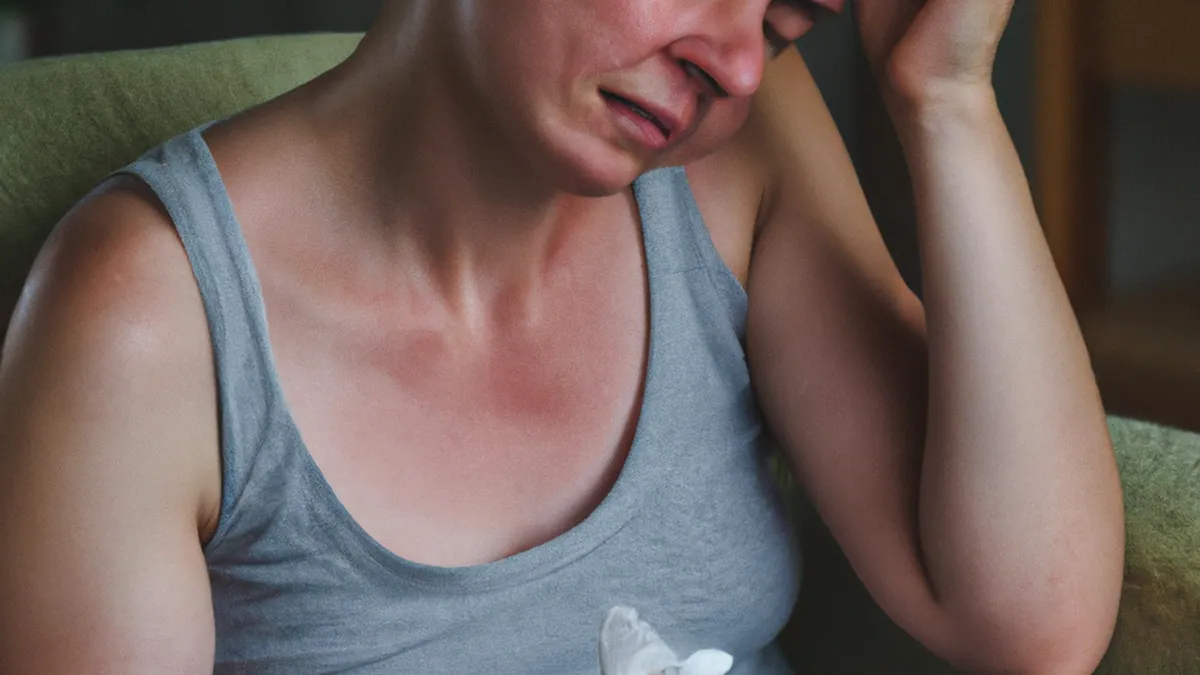Immediate Steps for Heat Illness Awareness
Recognizing Symptoms of Heat IllnessAs summer temperatures rise, heat illness risk increases. Understanding heat-related symptoms helps everyone, potentially preventing emergencies. Heat illnesses range from mild heat exhaustion to severe heat stroke. This post informs you about symptoms, preventive measures, and effective responses.
What is Heat Illness?
Heat illness happens when the body cannot regulate its temperature. Prolonged exposure to high temperatures, humidity, and intense activity can cause this. Anyone can experience heat illness, but vulnerable groups include the elderly, young children, and those with chronic health conditions.
Common Symptoms of Heat Exhaustion
Heat exhaustion often appears suddenly. If you notice these symptoms, take action:- **Heavy Sweating**: The body sweats excessively, risking dehydration.- **Weakness or Fatigue**: Extreme tiredness signals the body’s struggle with heat.- **Dizziness or Fainting**: Lightheadedness may occur due to decreased blood flow from dehydration.- **Headaches**: Throbbing headaches often stem from dehydration and overheating.- **Nausea or Vomiting**: An upset stomach may indicate heat exhaustion.- **Cool, Clammy Skin**: Cool, clammy skin shows that the body struggles with heat.Act quickly if you notice these symptoms. Move the person to a cooler location, preferably indoors or in the shade. Encourage hydration with water or a sports drink. Rest and hydration are crucial for recovery.
Recognizing Heat Stroke Symptoms
Heat stroke is severe and potentially life-threatening, requiring immediate medical help. It occurs when the body’s core temperature exceeds 104°F (40°C). Key heat stroke symptoms include:- **High Body Temperature**: A temperature above 104°F indicates heat stroke.- **Altered Mental State or Confusion**: Disorientation or confusion signals severe heat response.- **Rapid, Shallow Breathing**: Fast, shallow breathing shows the body’s struggle.- **Rapid Heartbeat**: An increased heartbeat often accompanies heat stroke.
Conclusion
As an Amazon Associate I earn from qualifying purchases.
Gear tip: consider electrolyte mix, soft flask, and hydration tablets to support this topic.
Recognizing heat illness symptoms and taking swift action can save lives. Stay informed, hydrated, and safe during hot weather.
Below are related products based on this post:
FAQ
What is heat illness?
Heat illness occurs when the body is unable to regulate its temperature due to prolonged exposure to high temperatures, humidity, and intense physical activity. It can affect anyone, but vulnerable groups include the elderly, young children, and individuals with chronic health conditions.
What are the symptoms of heat exhaustion?
Common symptoms of heat exhaustion include heavy sweating, weakness or fatigue, dizziness or fainting, headaches, nausea or vomiting, and cool, clammy skin. If these symptoms are observed, it is important to act quickly by moving the person to a cooler location and encouraging hydration.
What are the signs of heat stroke?
Heat stroke is a severe condition characterized by a body temperature exceeding 104°F (40°C), altered mental state or confusion, rapid shallow breathing, and a rapid heartbeat. It requires immediate medical attention as it can be life-threatening.















Post Comment